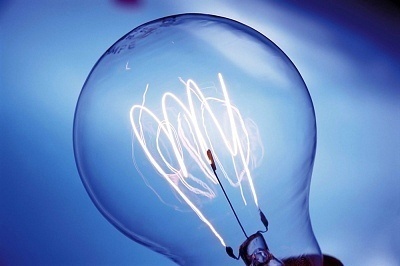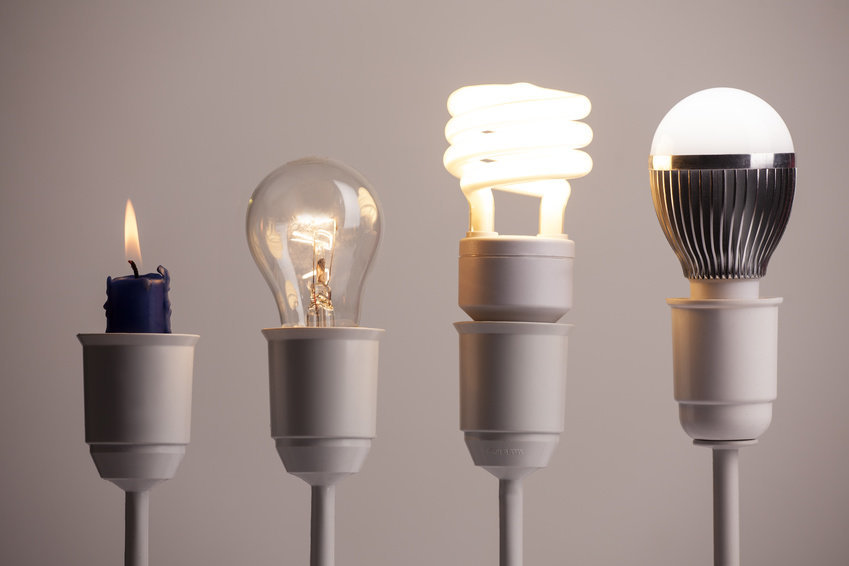Technology has advanced quite a bit since the incandescent light bulbs that most older homes use today. Although replacing all the light bulbs in your home can seem like an arduous task, it can be quick, easy and fun! Additionally, replacing light bulbs can have tons of benefits such as reduced electricity bills and increased safety.
1. LED Bulbs Last WAY Longer Than Your Regular Incandescent Bulbs
An LED bulb can generally last for years, some estimate that it will last between 20,000 and 50,000 hours. That means that your LED bulbs will last roughly 3 to 25 times as long as your traditional incandescent bulbs and nearly 10 times as long as CFLs. Think of all the savings you’ll receive from not having to continuously replace light bulbs!
2. Old School Light Bulbs Can Contain Hazardous Chemicals

Compact Fluorescent Light (CFL) bulbs use mercury along with noble gases such as argon to create light. If a bulb breaks, these chemicals can be released into the air which could pose a safety hazard. Newer LED bulbs do not contain any of these chemicals.
3. LED Bulbs Are Far More Energy Efficient
You will use roughly 25-80% less energy with LED bulbs compared to CFL and incandescent bulbs. This is due to the efficiency of LED bulbs, a lot of the energy is converted into light instead of heat. This is also why they are cool to the touch compared to more traditional bulbs. This poses another safety benefit because you don’t have to worry about burning your finger when you accidentally touch a hot bulb!
You can expect to save $5 on energy costs for every traditional bulb you replace with an LED bulb. The little things can add up!
4. LED Bulbs Are Dimmable
Another great benefit of LED bulbs is the ability to dim them! Now not all LEDs will be dimmable, so you will need to double-check that you are purchasing the correct LED bulb and that it works with your dimmer switch.
5. LED Bulbs Have a Range Of Colors

LEDs offer a variety of different colors depending on their temperatures. Each lightbulb will have a Correlated Color Temperature (CCT), which matches the Kelvin (K) temperature scale. The higher the number of Kelvins the cooler and bluer the light will be, while if it’s lower it will be warmer and more yellow.
We think this is a cool bonus because it adds another layer of styling you can do to your home, and also you can use different light temperatures for different rooms! For example the kitchen you may want a more yellow light, while you may want a bluer light in your bedroom for night time!
If you want to get started buying LED bulbs you’ll want to make sure they have the ENERGY STAR tag on them, this is a program run by the EPA and Department of Energy to promote energy efficient appliances. They are a bit expensive, but think of them as an investment!

